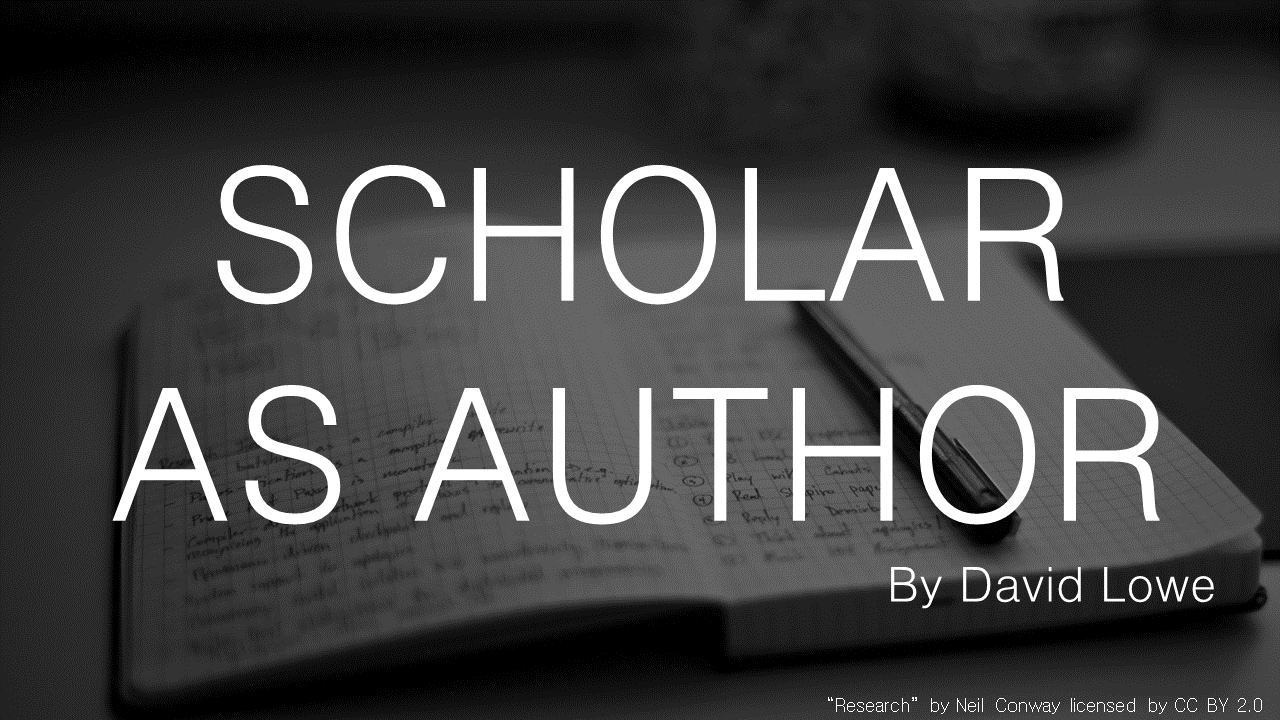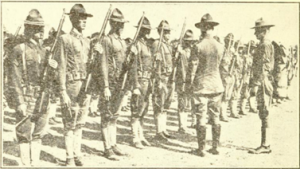FAQ #2: How do I know if a journal is predatory or not?
This is a critical question for us to answer—especially since librarians have been advocating heavily for Open Access (OA), and since it is in the OA realm where this predation is rampant, so I believe we share significant responsibility to help navigate these perilous waters. (For more background on OA, you may want to refer to my post from Open Access Week 2015.)
The context of faculty publishing priorities
I’d like to start this discussion (and set the stage for other future posts on this Scholar as Author blog) by sharing research on faculty priorities where publishing is concerned. As part of the “Pay It Forward Project,” funded by the Andrew W. Mellon foundation, investigators led by MacKenzie Smith of UC-Davis recently surveyed over 2000 researchers (approximately half faculty and half graduate students) from four institutions: the University of British Columbia, the Ohio State University, and the Universities of California at Davis and at Irvine. With the project report forthcoming this summer, here are their preliminary results for the top factors their surveyed researchers consider in selecting a journal for their article submissions, in priority order:
| 1. Quality and reputation of journal | 5. Likelihood of acceptance |
| 2. Fit with scope of journal | 6. Time from submission to publication |
| 3. Audience | 7. Editor or editorial board |
| 4. Impact Factor | 8. Open Access[1] |
Since the money to support the publishing process has to come from somewhere, many OA journal business models feature a fee known as an APC (Article Processing Charge) to process each article. Since authors are already motivated for career reasons to publish, and since the OA path may put the cost on their shoulders, the result can be downward pressure on quality as the marketplace expands into questionable practices. (Considering #1, #6, and #8 above, you may be reminded of the engineer’s old saw: “Of cheap, fast, and good, pick 2,” but our focus is to ensure quality, including OA.)
In practice, the Evans Library decision process to clarify an OA journal’s status involves filtering through a system of white lists (Good things: Is the journal listed in DOAJ? Is the publisher an OASPA member?), followed by black lists (Bad things: Is the publisher or journal on Beall’s List? Is the journal one that failed Bohannon’s 2013 peer review sting operation as recorded in the journal Science?) If the journal or its publisher either passes the white list tests or at least does not fail the black list tests, we may keep the publishing venue in consideration for our submissions. From there, you should consider red flags, or questions you should at least consider:
- Did you hear of the opportunity via an unsolicited email?[2]
- Do past issues appear well edited?
- Does the journal post its fees up front? (Notifying you of an exorbitant fee after the fact is the “gotcha” danger.)
- Does the peer review process seem sketchy? (A symptom would be an unrealistically short turn-around time, for example.)
- Are you confident that legitimate researchers are among the editors?
- Are you confident the scholars who are listed as editors actually serve (or are even aware they appear) there? (Email makes it easy enough to check.) [3]
- Does the journal title or its branding appear designed to pass for another, more reputable one?[4]
- Does the place of publication seem to be falsified or hidden?[5]
Suspicions confirmed around any of these questions might warrant considering different publishing options. If you have any questions or concerns about a journal, contact Holly Miller or me.
Next
Next week, we’ll address the question: “Can I budget Open Access fees in my grant proposal?”
Image credits
#1. David B. Lowe, © 2015, CC-BY
#2. From https://archive.org/details/inspectionguidef00helm , p. 8
[1] See https://www.cni.org/topics/e-journals/is-gold-open-access-sustainable-update-from-the-uc-pay-it-forward-project (slide #15 from either .pdf or .ppt slides)
[2] See http://www.nature.com/news/investigating-journals-the-dark-side-of-publishing-1.12666
[3] For points 2-6, see http://chronicle.com/article/Predatory-Online-Journals/131047/
[4] See http://www.nature.com/news/sham-journals-scam-authors-1.12681
[5] See http://eprints.rclis.org/14576/1/predatory.pdf , p. 11






